Life
Sign up for our newsletter
We summarize the week's scientific breakthroughs every Thursday.
-
 Climate
ClimateRising CO2 levels might not be as good for plants as we thought
A 20-year experiment spots a reversal in the way two kinds of plants take up extra carbon from the atmosphere.
-
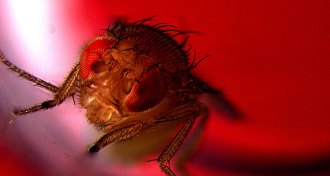 Animals
AnimalsMale fruit flies enjoy ejaculation
Red light exposure made some genetically engineered fruit flies ejaculate, spurring a surge of a brain reward compound — and less desire for booze.
By Susan Milius -
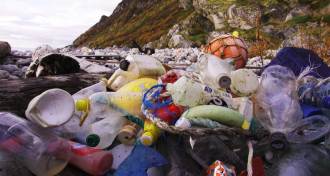 Microbes
MicrobesThis plastic-gobbling enzyme just got an upgrade
Scientists tweaked a bacterial enzyme and made it more efficient in breaking down plastics found in polyester and plastic bottles.
-
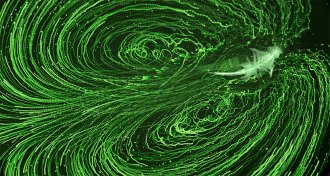 Oceans
OceansMasses of shrimp and krill may play a huge role in mixing oceans
Hoards of migrating shrimp and krill can cause large-scale turbulence in the ocean, a new study suggests.
-
 Animals
AnimalsThese seals haven’t lost their land ancestors’ hunting ways
Clawed pawlike forelimbs help true seals hunt like their land-dwelling ancestors.
-
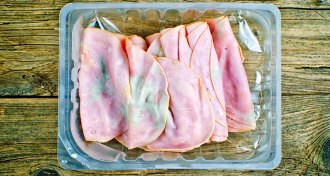 Materials Science
Materials ScienceA new plastic film glows to flag food contaminated with dangerous microbes
Plastic patches that glow when they touch some types of bacteria could be built into food packaging to reduce the spread of foodborne illness.
-
 Health & Medicine
Health & MedicineThis is how norovirus invades the body
Norovirus targets a rare type of gut cell, a study in mice finds.
-
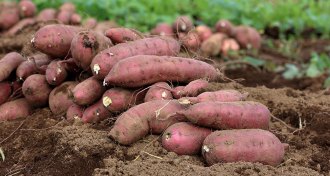 Genetics
GeneticsSweet potatoes might have arrived in Polynesia long before humans
Genetic analysis suggests that sweet potatoes were present in Polynesia over 100,000 years ago, and didn’t need help crossing the Pacific.
By Dan Garisto -
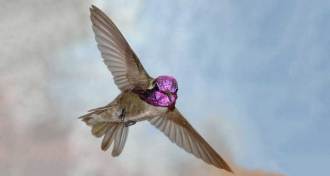 Animals
AnimalsThese hummingbirds aim their singing tail feathers to wow mates
Acoustic cameras reveal how male Costa’s hummingbirds can aim the sound produced by fluttering tail feathers during courtship dives.
By Susan Milius -
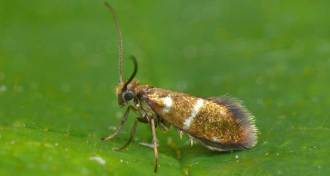 Paleontology
PaleontologyColorful moth wings date back to the dinosaur era
Microscopic structures that scatter light to give color to the wings of modern butterflies and moths date back almost 200 million years.
-
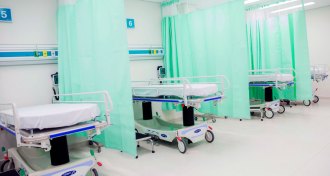 Microbes
MicrobesThis material uses energy from ambient light to kill hospital superbugs
A quantum dot–powered material could help reduce the number of hospital-acquired infections, including those with drug-resistant bacteria.
-
 Anthropology
AnthropologyFinger fossil puts people in Arabia at least 86,000 years ago
A desert discovery suggests that Arabia was an ancient human destination.
By Bruce Bower